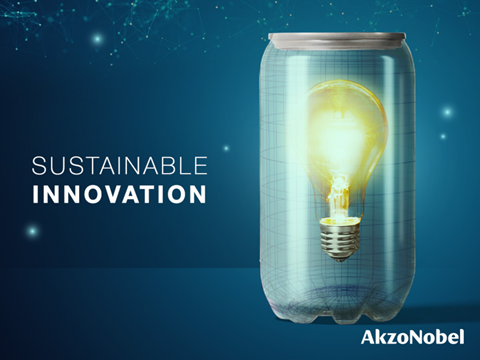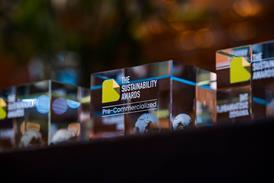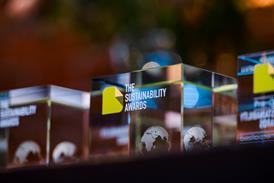
In the latest edition of the Spotlight, Tessa Slagter, Sustainable Innovation Manager at AkzoNobel Industrial Coatings, answers the question: with many organisations across the value chain having their own sustainability targets, how can we work together to improve the performance of metal packaging?
Sustainability is a topic firmly embedded within the packaging space. What was once, perhaps, a niche activity has become mainstream and one of essential compliance rather than competitive advantage. This is as true in the can packaging industry as it is elsewhere.
With Environmental, Social and Governance (ESG) compliance requiring organisations to recognise, among other things, the environmental impact of their products or services on the world, the industry has both a challenge and an opportunity. One challenge is in collecting the data, but the opportunity from having data comes from the greater visibility it provides of contributing factors that can be managed.
The more we manage, the better we learn, and the more meaningful progress we can make in collectively reducing our carbon emissions. By looking at the entire value chain, and not just our own business, we can see that every partner with which an organisation works – both upstream and downstream – has a role to play in reducing the environmental impact.
In 2021, AkzoNobel announced ambitious targets of reducing absolute carbon emissions across our full value chain by 50% by 2030, taking 2018 as the baseline. This is in line with the Paris Agreement’s goal of limiting global warming to 1.5°C. The targets include our own operations (Scope 1 and 2) as well as emissions from our upstream and downstream activities, covering purchased goods and services, application and use of our coatings, and end-of-life (Scope 3). These targets have been validated by the Science Based Target initiative (SBTi), making AkzoNobel the first paints and coatings company to receive SBTi approval.
We know that many food and beverage brands and can makers have also committed to SBTi Scope 1, 2 and 3 carbon reduction targets, so they’ll be looking at Scope 3 emissions originating from their suppliers – including us – as well as ways to cure their coatings with fewer carbon emissions. In looking at ways to reduce the carbon footprint of our products over the entire lifecycle, we will therefore be directly helping our customers to similarly meet their own carbon reduction targets.
Developing new generation coating technologies that are free from bisphenols, and other materials of concern, for example, continues to be a priority for the metal packaging industry. It is also a priority for us. As a leader in the development of bisphenol A non-intent (BPANI) coatings which are already successfully used in various regions, we will be introducing further coatings in the coming months to extend our range.
Our coatings have a lower carbon footprint than our previous technologies, and the interior packaging/beverage coatings will have a carbon footprint of 26% lower than our earlier epoxy-based offerings. We’re investing €32 million in this facility to ready ourselves for the real-world demand for European customers for these alternatives.
Our commitment to sustainability is also why we’ve recently created a dedicated Sustainable Innovation team with a mandate to support our can making customers in making a material difference in reducing their carbon emissions and achieving their own sustainability targets. Our aim is to take an innovative and collaborative approach with our customers, to help them maximize their operational processes to help drive even greater efficiencies and environmental performance.
If you would like to hear how the AkzoNobel Industrial Coatings Sustainable Innovation team can help you reduce carbon emissions, or if you would like to exchange ideas, you can contact the team by emailing tessa.slagter@akzonobel.com.
This content was sponsored by AkzoNobel.
















